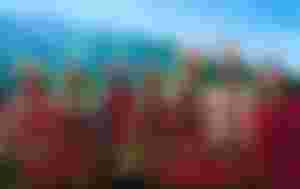
Everyone of us belongs to a certain group of people. Yours might be more superior than others and some might be more previleged than others. Regardless, these groups that we are apart of should be respectful of one another.
If you haven't read my article about my Beloved city, feel free to check it out right here.
I belong to a tribal group called the Igorots. Igorots are natives from the northern part of the Philippines. Although, you may think that Igorots are just Igorots? No! Absolutely not. The term "Igorots" comprises all the native people from Northern Luzon. Just for your information, Igorot is the general term used but you may not know that there are also sub-ethnic groups that comprises the "Igorots".
As for one, I am an Igorot more specifically a "Kankanaey". We will be talking about all of these sub-ethnic groups in this article as well.
Its so hard to accept the fact that a lot of people outside Northern Luzon has used the word "Igorot" as a degrading insult. The most common one that we have heard and I quote:
"Igorots were a backward tribe who couldn't contribute any technological innovations to society or most commonly known as Fallons."
That is from an anonymous writer on the internet. I hope he or she can sleep at night.

People may think of us this way but there are more than meets the eye.
I will share to you all the things you need to know about us, the "Igorots". I'll include the most common culture and traditions that we are still practicing today, the different sub-ethnic groups as I have mentioned and the famous artist who are proud to be an Igorot.
Igorots' Undying Culture and Tradition
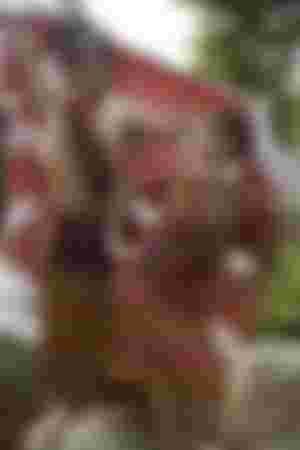
What distincts Igorots from other tribal groups are our unique tradition and culture. For one, we do highly value our nature and we do believe that gods resides in objects such as trees and mountains. This specific belief may vary nowadays because of the influence of different religions but this belief still lingers in most Igorots.
Our traditional pieces of clothing is also one of the distinguishing feature of Igorots.
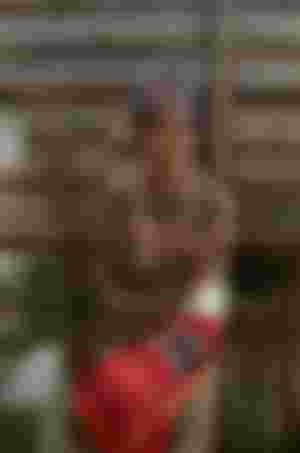
For women, it is so common that they have blankets over their shoulders. They used this in cold weathers. These blankets are just small in size and they are called "kud-pas". The blankets are not just your ordinary blanket that you can buy in department store, no, these blankets go through the process of heirloom weaving.
"Heirloom weaving is a significant, "cultural and traditional practice" because "the blankets were used for rituals, specifically for wrapping their dead kin and for the bones of their previously deceased loved ones."

On the other hand, Igorot men does not really weat any clothes until the age about seven years old. This has been adopted from generation to generations. Al though some has already withdrawn from this culture. They wore pieces of clothing now. It is popularly known as the "bahag".
Lets go with the dances shall we?
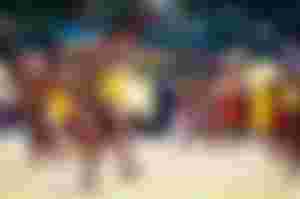
Having a unique dance in tribal groups are very common is a must have for their culture. These dances express emotions and also is an amazing art. But for the Igorots, these dances sort of identify the different stages of life. Just like in each sub-ethnic groups, there has to be a different dance for wedding ceremonies, the process of courtship, and even for mourning.
The most famous one is the Uyaoy Dance. This is mostly performed in wedding ceromonies. The dance represents mighty animals. The main purpose of this dance is to identify people's social status. Uyaoy dance is actually played with the intrument called gongs.
There are a lot more interesting cultures and traditions of igorots and I will surely write more about it.
Sub-ethnic Groups of Igorots
Igorots are divided into five major sub ethnic groups.
Bontoc
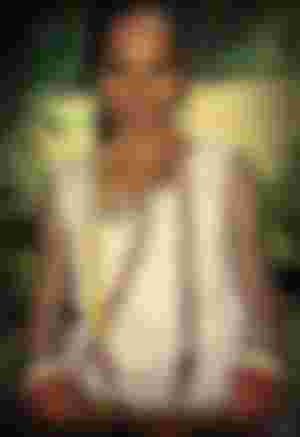
Chico River is where the Bontocs lived. It is located in Central Mountain Province. They do speak the Ilocano language and the Bontoc language. They practiced head-hunting a long time ago. Their most distinctive feature are their body tattoos.
According to the igorottribe.wordpress.com site and I quote:
"The Bontoc describe three types of tattoos: Thechak-lag′, the tattooed chest of the head taker; pong′-o, the tattooed arms of men and women; and fa′-tĕk, for all other tattoos of both sexes. Women were tattooed on the arms only. "
This is pretty interesting to me.
Ifugao
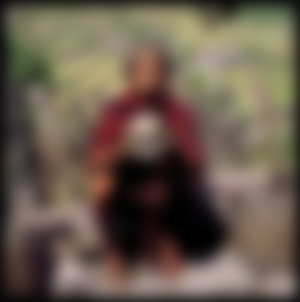
The Ifugaos are the people who lived in the province of Ifugao. The word "Ifugao" derived from the words "ipugo" which means "earth people or mortals".
An interesting fact about Ifugaos as stated in igorottribe.wordpress.com and I quote:
"The Ifugaos build their typical houses called fales, which consists of a kitchen, bedroom and a worship room altogether. It is a triangular house elevated with 4 wooden posts. There is a ladder but it is hanged or removed so people or animals cannot enter the fale."
Ibaloi and Kalanguya

Ibalois or Nibaloi and Kalanguya are people native from the province of Benguet. They are more into agrarian and agriculture.
Their language as mention in igorottribe.wordpress.com and I quote:
"Their native language belongs to the Malayo-Polynesian branch of the Austronesian languages family and is closely related to the Pangasinan language, primarily spoken in the province of Pangasinan, located southwest of Benguet."
Kalinga

The Kalingas reside in the province of Kalinga. They are actualy sub-divided into Southern and Northern groups which eventually made them the most ornamented groups in Nothern Luzon.
The most common practice they do as featured in igorottribe.wordpress.com and I quote:
"The Kalinga practice both wet and dry rice farming. They also developed an institution of peace pacts called Bodong which has minimised traditional warfare and headhunting and serves as a mechanism for the initiation, maintenance, renewal and reinforcement of kinship and social ties."
Kankanaey
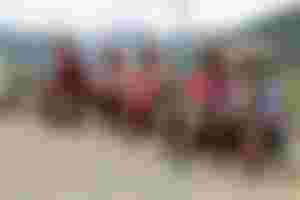
The Kankaneys are the sub-ethnic group where I belong as I stated in the first part. We are an indegenous people inhibiting mostly the province of Benguet and Mountain Province.
We speak Ilocano, the Kankanaey language and as well as Filipino and English.
An interesting fact about the Kankanaey language written on Wikipedia and I quote:
"Kankanaey (also spelled Kankana-ey) is a South-Central Cordilleran language under the Austronesian family spoken on the island of Luzon in the Philippines primarily by the Kankanaey people. Alternate names for the language include Central Kankanaey, Kankanai, and Kankanay."
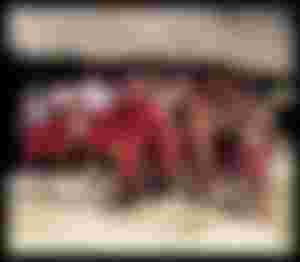
Now that you know the basic things about Igorots. What do you think about us? We are also just human beings like you right? Lets stop with the bad mentality and promote camaraderie.
Special shout out to one of my readers who suggested that I should write more about my people. Thank you @oldschool .



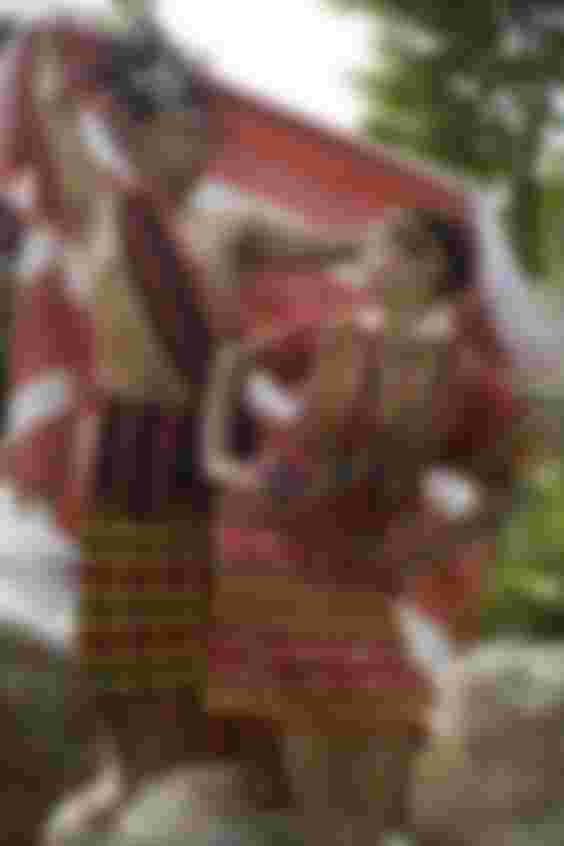
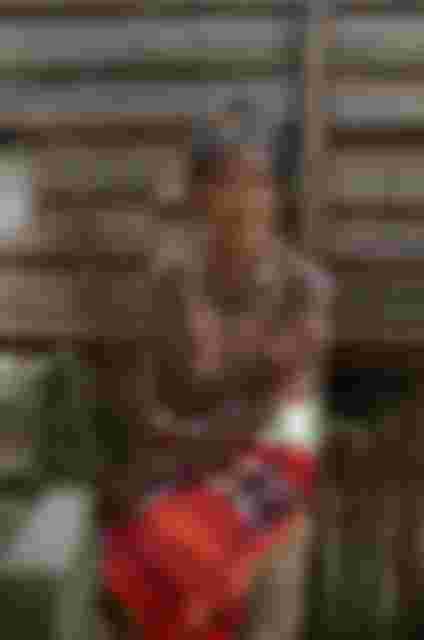


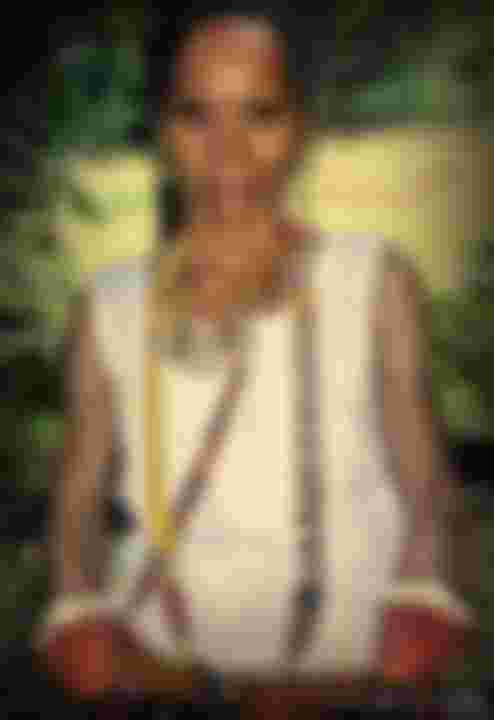


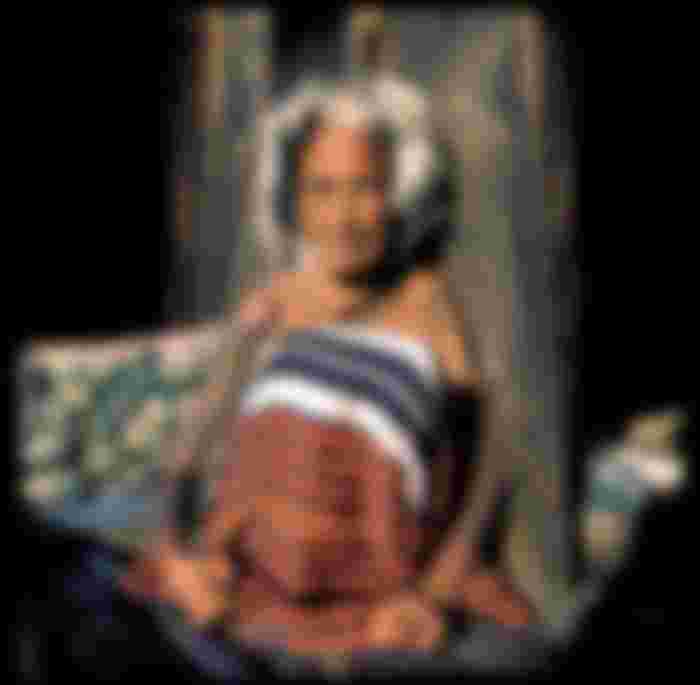
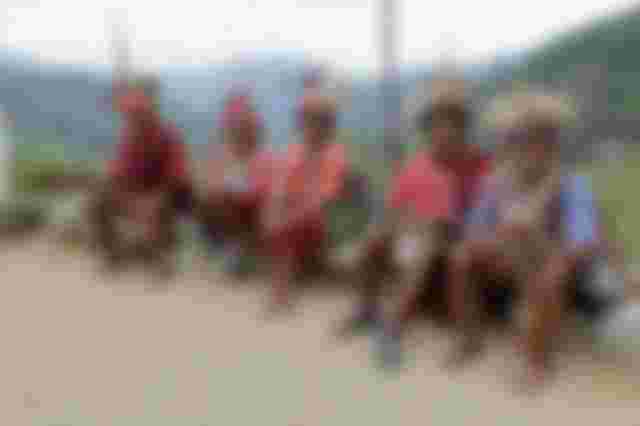
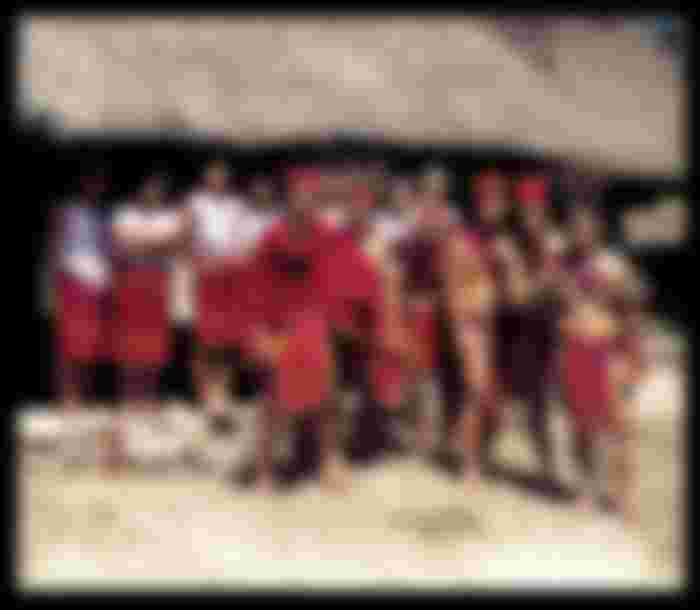

I enjoyed reading it. It's nice to have a fellow Igorot in here. ❤️ Thanks Z_graeden for the mention. 😘